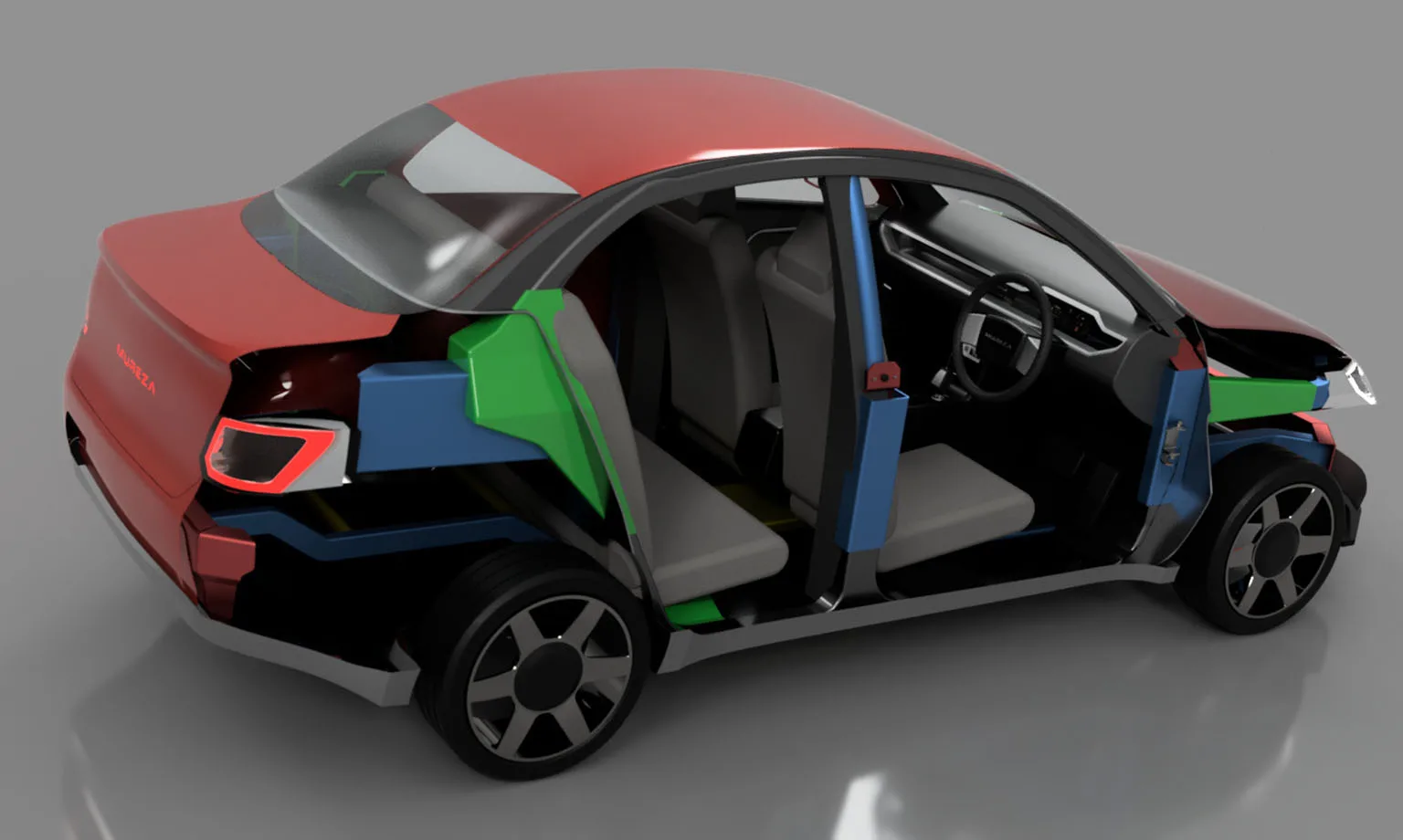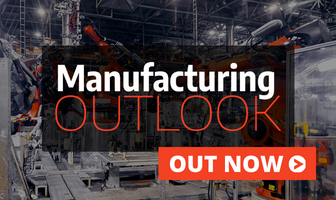South African-based car manufacturer, Mureza Auto Co Pty Ltd, is deeply committed to serving the African market. Tatenda Mungofa, Founder, outlines the company’s vision to become the country’s leading automotive brand.
LOCAL GROWTH, NATIONAL IMPACT
Initially founded to address the unique transportation challenges of the African continent, Mureza Auto Co Pty Ltd (Mureza) offers affordable, high-quality vehicles designed specifically for local conditions.
Providing economically viable, sustainable transport solutions is a major part of the company’s strategy, which has led to many customers requesting unique and original vehicle solutions.
“We have fast become the go-to company for bespoke, affordable automotive solutions for the African market,” introduces Founder, Tatenda Mungofa.
As a business-to-business (B2B) company, Mureza’s customer base comprises both new and established automotive dealerships across the country.
“Our main production facility in Pilanesberg, South Africa (SA) is in its early stages of development. This is where the majority of our production will take place,” he sets out.
The company also has plans to set up assembly plants in Zimbabwe and Namibia alongside a West African manufacturing facility in Senegal.
“All our production sites are strategically located, supported by a growing distribution network,” Mungofa adds.
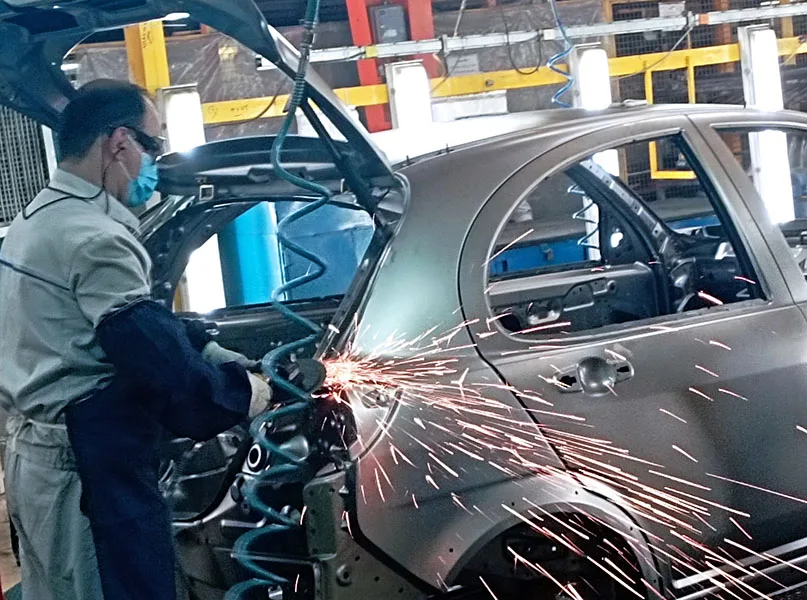
ONGOING INDUSTRY EVOLUTION
As an exciting and rapidly transforming space, the African automotive industry strives to support local value chains and brands.
“For us, however, the major hurdle is sourcing enough funding to build out capacity,” Mungofa discloses.
Nevertheless, he notes how encouraging it is to see local investors support automotive companies like Mureza and anticipates a boom in investments over the next three years.
Meanwhile, electric vehicles (EVs) have become increasingly popular, accompanied by a shift in brand loyalty with many customers opting for newer Chinese brands over those from Europe, Japan, or the US.
Despite the attractive prospects that international competitors present, the recent widespread adoption of the African Continental Free Trade Area (AfCFTA), which seeks to unite the 55 countries of the African Union to create a single trade market for the continent, presents huge opportunities for the local economy.
“This is going to be the biggest market yet for African vehicles. I encourage major international brands to reposition their current investments into upcoming African car manufacturing companies to curb the decline most of them will experience as a result of the AfCFTA,” he advises.
As critical components in car manufacturing, Africa’s mineral resources also play an important role in the evolution of the continent’s automotive industry.
Lithium, cobalt, and other raw materials are key to unlocking value for the African industry, and governments across the continent are becoming increasingly aware of the advantages of local beneficiation.
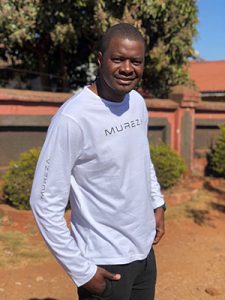
“We have fast become the go-to company for bespoke, affordable automotive solutions for the African market”
Tatenda Mungofa, Founder, Mureza Auto Co Pty Ltd
GRASSROOTS TO FULL-SCALE PRODUCTION
Mureza works hard to promote African industrialisation and the national value chain. As such, its activities are largely focused on telling a story from grassroots to full-scale production.
“Africa needs industrial leadership. What we provide is inspiration to all Africans who dream of building large-scale companies within the industrial sector,” Mungofa states boldly.
By establishing a refined and detailed development programme for every supplier in its value chain, Mureza is able to substantiate this claim.
In addition, the company’s database of over 150 suppliers ranges from small to medium-sized enterprises (SMEs) all the way to major Tier 1 contractors. This promotes cross-pollination across the supply chain and an environment that supports the growth of smaller companies alongside experienced players with global exposure.
“Our microfactory strategy is a catalyst for rapid industrialisation across Africa and we plan on developing at least four main factories over the next 10 years,” he reveals.
Each of Mureza’s factories will be supported by 15 smaller assembly plants, each complete with a supplier park to support its operations.
Mureza believes that this unique growth strategy will promote local supply chains whilst benefitting surrounding communities with employment and development opportunities.
This will naturally be accompanied by upskilling staff and training suppliers to meet international quality standards for vehicle components.
“The more we achieve our target to set up local factories, the more we are able to help Africa industrialise,” Mungofa asserts.
QUALITY, AFFORDABILITY, RELIABILITY
By creating an internal quality management system (QMS) to ensure vehicle components are compliant with stringent regulatory standards, Mureza guarantees the quality of its vehicles.
“It takes time to develop and produce each of our vehicles because we invest a lot of R&D into each of our models,” Mungofa prides.
Currently, the company is working on rolling out its first EV through its microfactory process. This has so far provided a good benchmark on how Mureza’s strategy effectively reduces production times and costs to ensure affordability.
In terms of product reliability, Mureza carries out careful individual component testing to ensure each element is fully functional before being widely utilised in the production line.
It also homologates its vehicles to ensure they comply with local regulations.
“Before launching a vehicle, extensive tests are done in-house at our testing facility to assess the impacts of real-life conditions,” he explains.
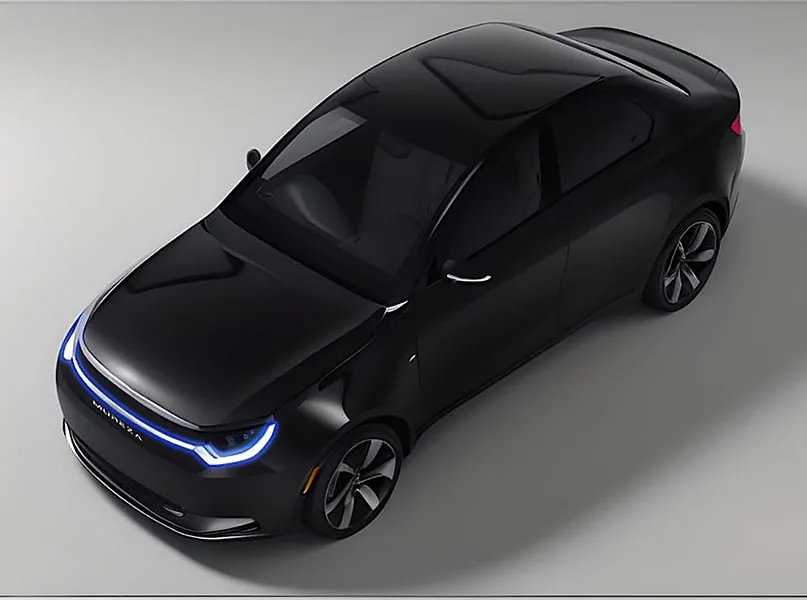
MAKING STRIDES
Mureza’s newest vehicle was inspired by an initial internal combustion engine (ICE) model, originally intended for launch in 2019, which became severely disrupted by the onset of the COVID-19 pandemic.
“Having previously shelved the model, we’ve now redesigned it for a new platform that will be manufactured in Africa from the ground up,” Mungofa informs.
The new sedan vehicle, SHONA, takes its name from native Zimbabwean and has significant alliance with Mureza’s own brand name.
Inspiration was also drawn from one of SA’s great actors and film producers, the late Shona Ferguson.
“Our target retail price for SHONA is ZAR225,000, available in both an EV and ICE model,” he sets out.
The EV model will have a range of 300 kilometres (km), fully charge in just two hours, and reach speeds of up to 180km per hour.
The architecture of the car is inspired by Formula 1 technology, whilst a simplified manufacturing process has been made possible by its innovative design.
“Most of the technology and features of SHONA are new and forward-thinking, providing a memorable driving experience to each customer,” Mungofa points out.
The petrol ICE version of SHONA will be powered by a choice of three engine sizes – 1.3 litre (L), 1.6L, or 1.8L, some of which will be turbo-powered to provide both enhanced performance and fuel economy.
“More details on these engines and power ratings will be shared at our upcoming launch event,” he promises.
DEDICATED TO DESIGN
Design is at the heart of Mureza, exemplified by the dedicated design studio and R&D centre at its manufacturing site.
“Although still relatively small, supported by a team of just 12, the design studio is the heart of our operation,” Mungofa impassions.
He goes on to explain how multiple hours are dedicated to concept creation for each of the company’s vehicles.
In addition, having recently incorporated artificial intelligence (AI) into its design process, Mureza makes significant cost and time savings by utilising new technologies as it is able to carefully evaluate each design before proceeding to the development stage.
The company’s design engineers work collaboratively with its fabrication team, specifying colours and materials before the first mock-up.
“A lot of 3D printing is used in this process to make prototype parts. We have eliminated clay modelling at this stage as it adds significant time and cost and is an outdated craft that no longer serves our purpose,” he divulges.
Once a 1:4 scale model has been 3D printed, Mureza can rapidly re-work surfaces using computer-aided design (CAD), building a scale model with a complete interior.
At this stage, the company also simultaneously engages with suppliers to begin work on the components required.
“We entrust the drive train to our suppliers and utilise an interactive project development process as a model. From idea to complete conception, a car takes us around 90 days to finalise, costing at least 60 percent less than that of traditional automotive design studio,” Mungofa highlights.
Aiming to set a new benchmark for the African car design and production process, Mureza seeks to establish a new generation of African vehicles through innovation.
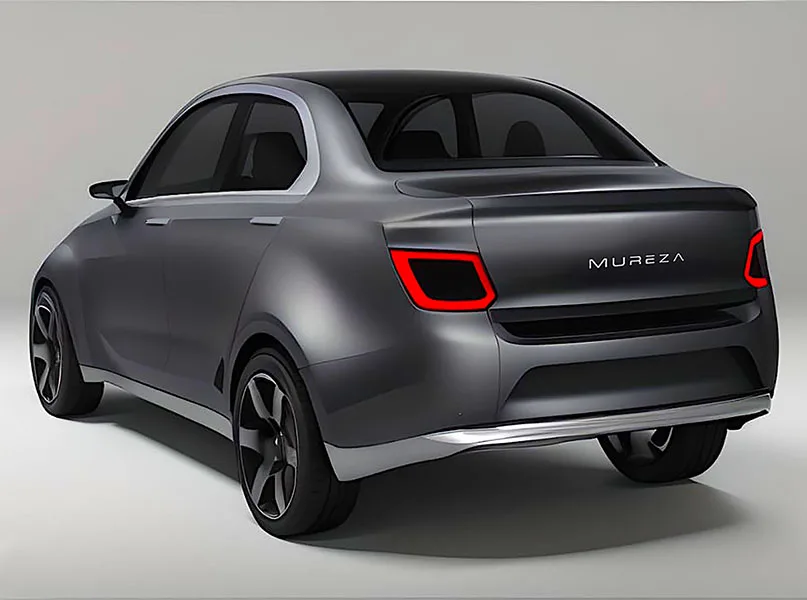
A BRIGHT FUTURE
Going forwards, Mureza’s main objective is to commence the delivery of its SHONA sedan to expectant customers.
Despite an influx of demand for SHONA, the company’s current capacity only allowed it to offer 1,000 pre-orders. In order to fulfil this, it aims to complete production and start rolling off units in Q4 2024.
In addition, Mureza hopes to grow its human resources department from 65 employees to 150, supported by its suppliers’ anticipated workforce increase.
Meanwhile, showrooms and dealerships will be commissioned for 2025, whilst a continental expansion plan will be rolled out to manage the wider distribution of vehicles.
“We also look forward to getting long-term test reviews returned from different stakeholders,” Mungofa outlines.
Further to this, Mureza hopes to be listed on the Johannesburg Stock Exchange (JSE), which is dependent on it delivering its 1,000 SHONA models within the proposed timeframe.
“We also want to give Africans an opportunity to be part owners of Africa’s flagship automotive brand, and we believe our growth will be faster if we work together,” he reveals.
Overall, the company aims to continue having fun growing the business and bringing its vision to life.
“If we manage to break into international markets beyond Africa, we look forward to collaborating with new prospective partners who share our vision of making the world a better place,” he concludes.



